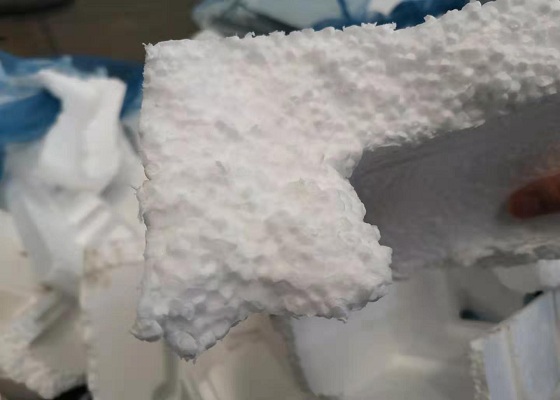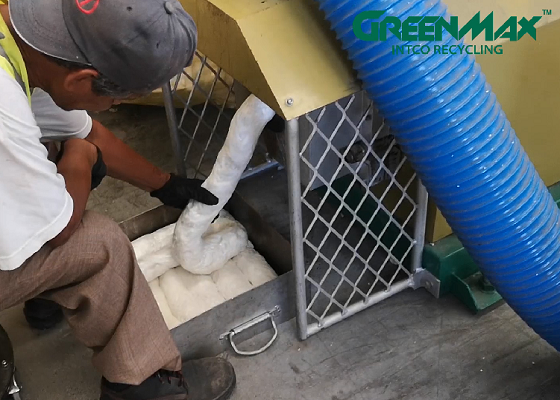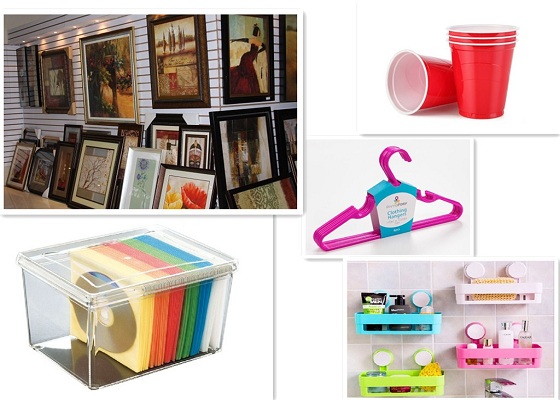In 1930, a laboratory in the United States found that if gas was introduced before the plastic was shaped, the inside of the produced plastic would be filled with tiny pores to produce “polystyrene”.

This new type of plastic has the function of insulation, sound insulation and shock absorption – the pores inside it can block the heat exchange between the cold and warm air, and absorb sound waves and impact forces. In addition, it has an important feature: light weight and impervious.
So in 1986, China first used this industrial raw material to make a lunch box for the sale of meals on the train. This kind of lunch box is extremely low in price and can not be spilled for dinner. It is the first truly “disposable lunch box”.

By the beginning of the 20th century, foam plastic lunch boxes were everywhere, and now, polystyrene has caused pollution on a global scale.
It has been found that polystyrene can not be decomposed by microorganisms in the soil after being buried, and can persist for several hundred years, so it will cause serious pollution to the soil, and incineration will produce black toxic gas, which directly harms human health.
To reduce the entry into the natural environment polystyrene trash, then only recycling is considered. Polystyrene recycling is also more complex than other materials. The air injected during the production of polystyrene needs to be squeezed out in the recycling process, otherwise it will bring high recycling costs.
The air in Polystyrene needs to be extruded through a polystyrene recycling machine, such as a polystyrene densifier M-C200, which produces a nearly air-free polystyrene ingot in a 90:1 ratio by hot melt.

The polystyrene ingot, which has changed its physical form, will eventually be purchased by the terminal market, and various items such as photo frames, park benches, and hangers will appear on our side again.

Recycling can give polystyrene a new life, and landfill or incineration is the wrong way for polystyrene trash.